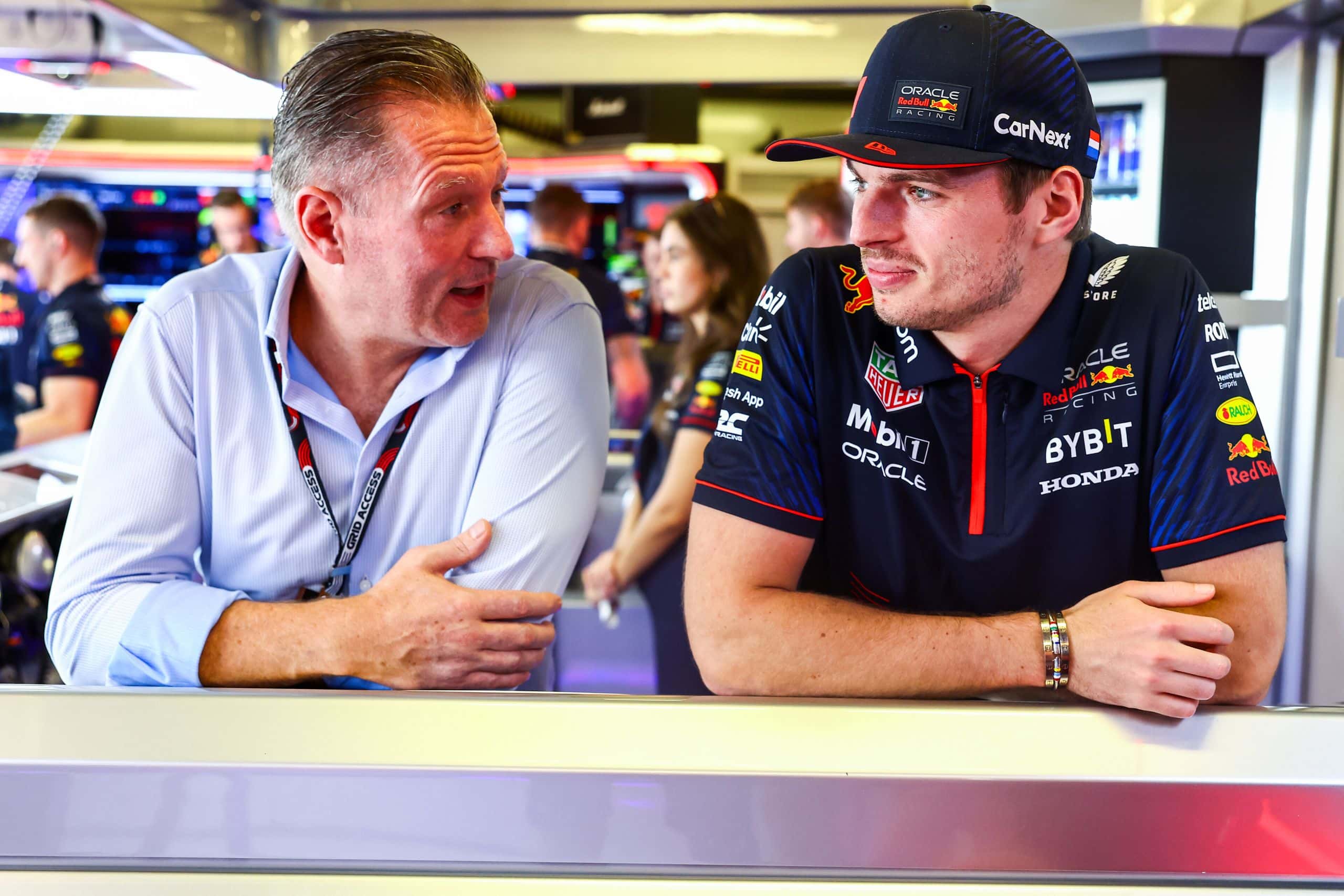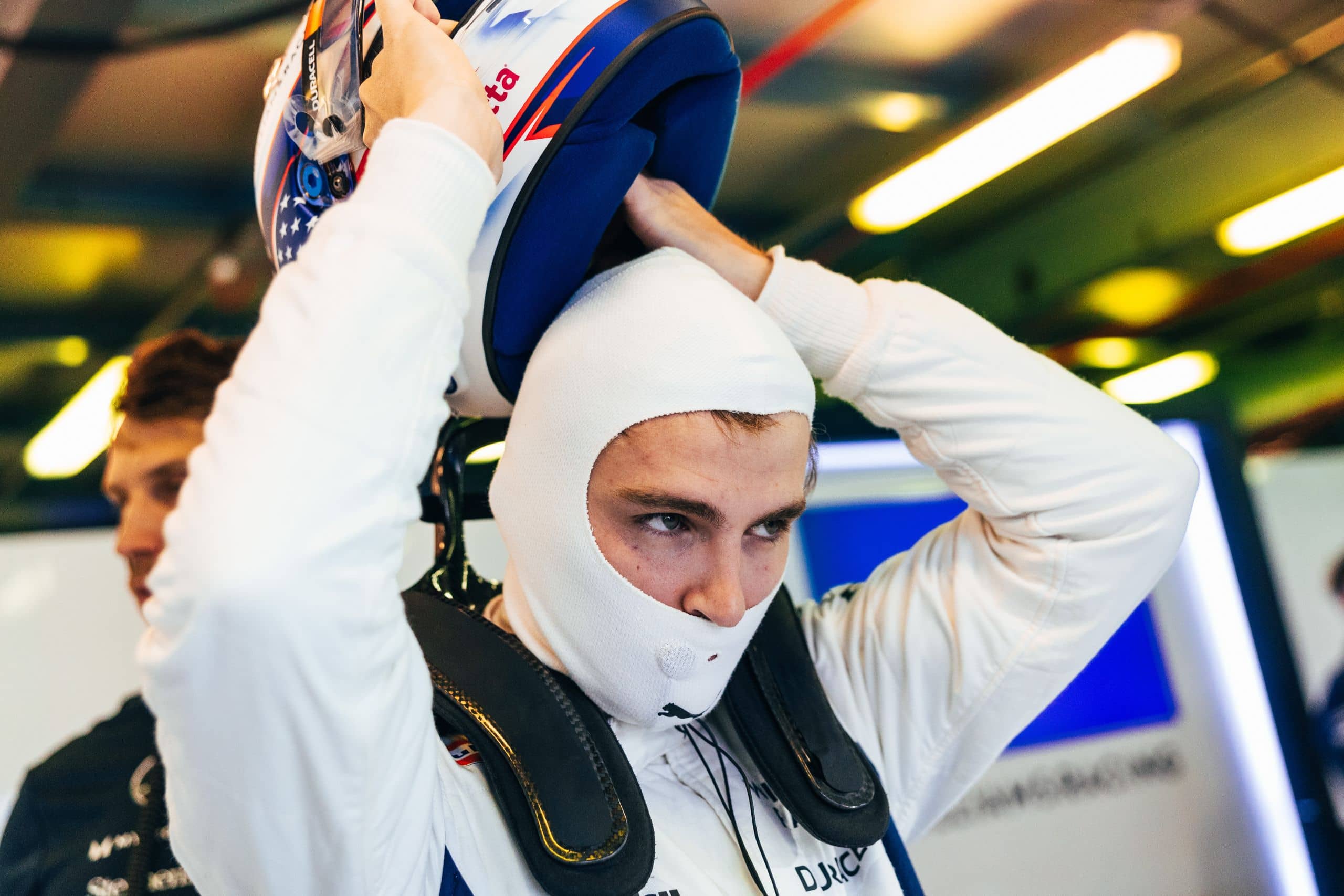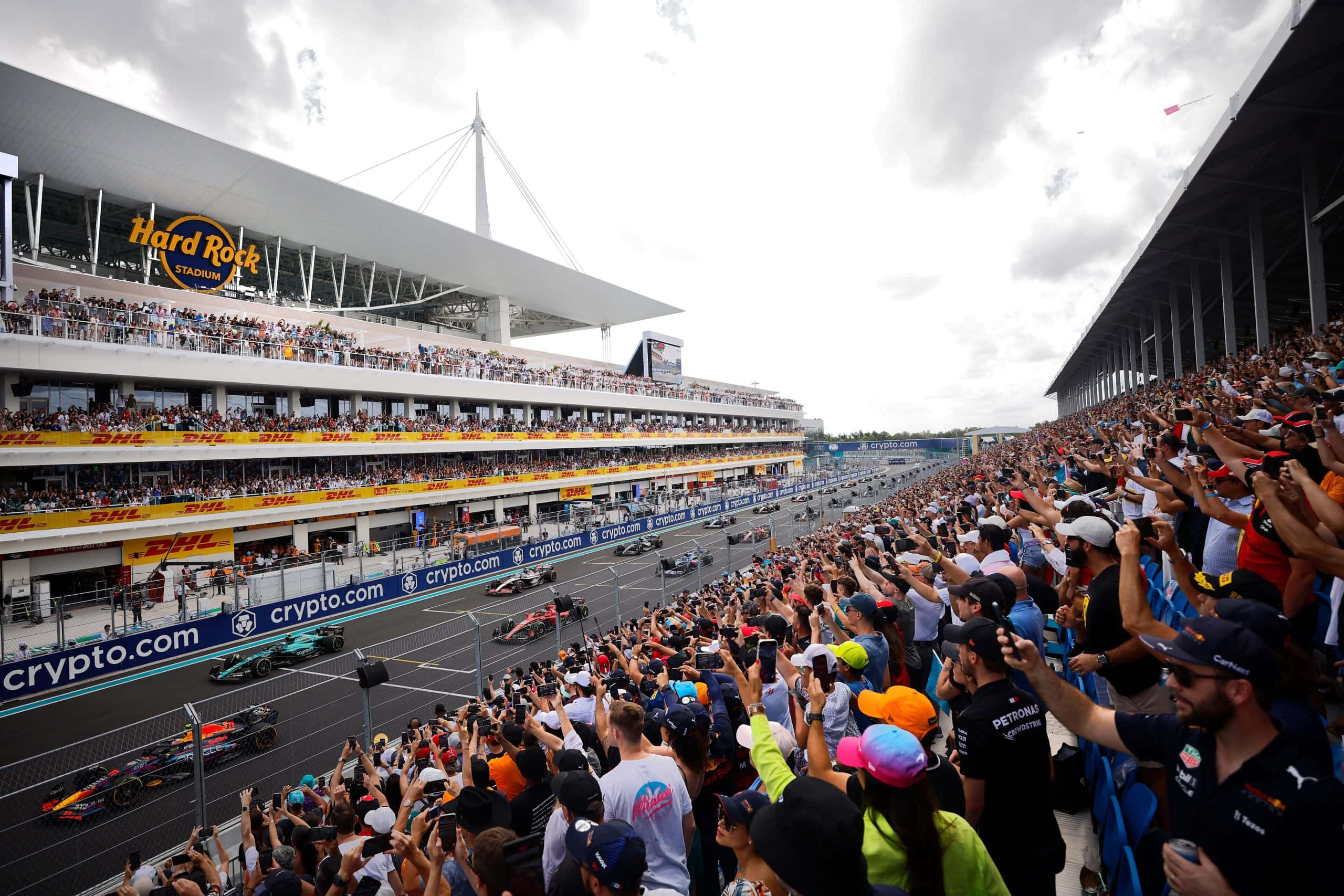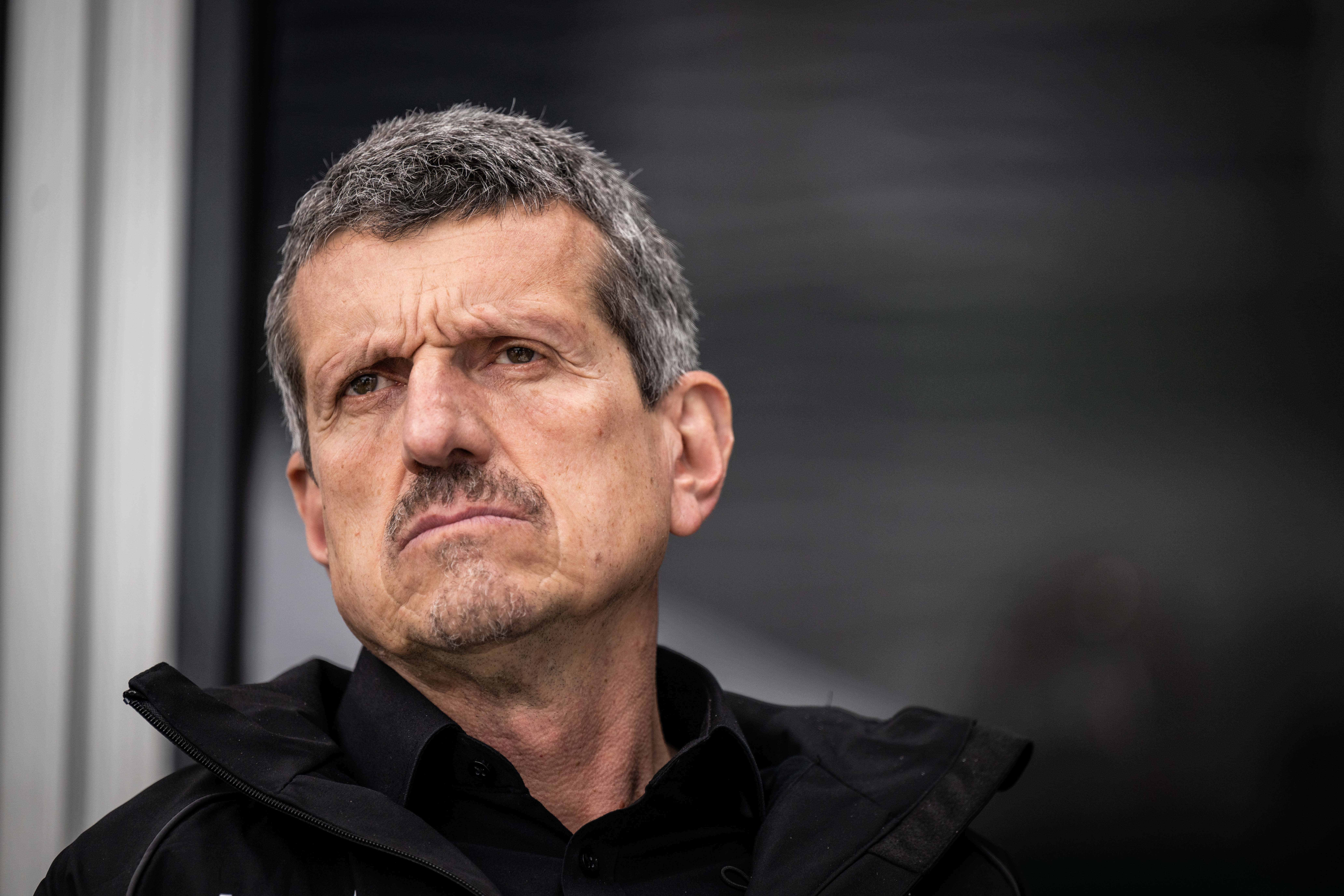Historic Monza Begins Track Changes Ahead Of 2024 Championship
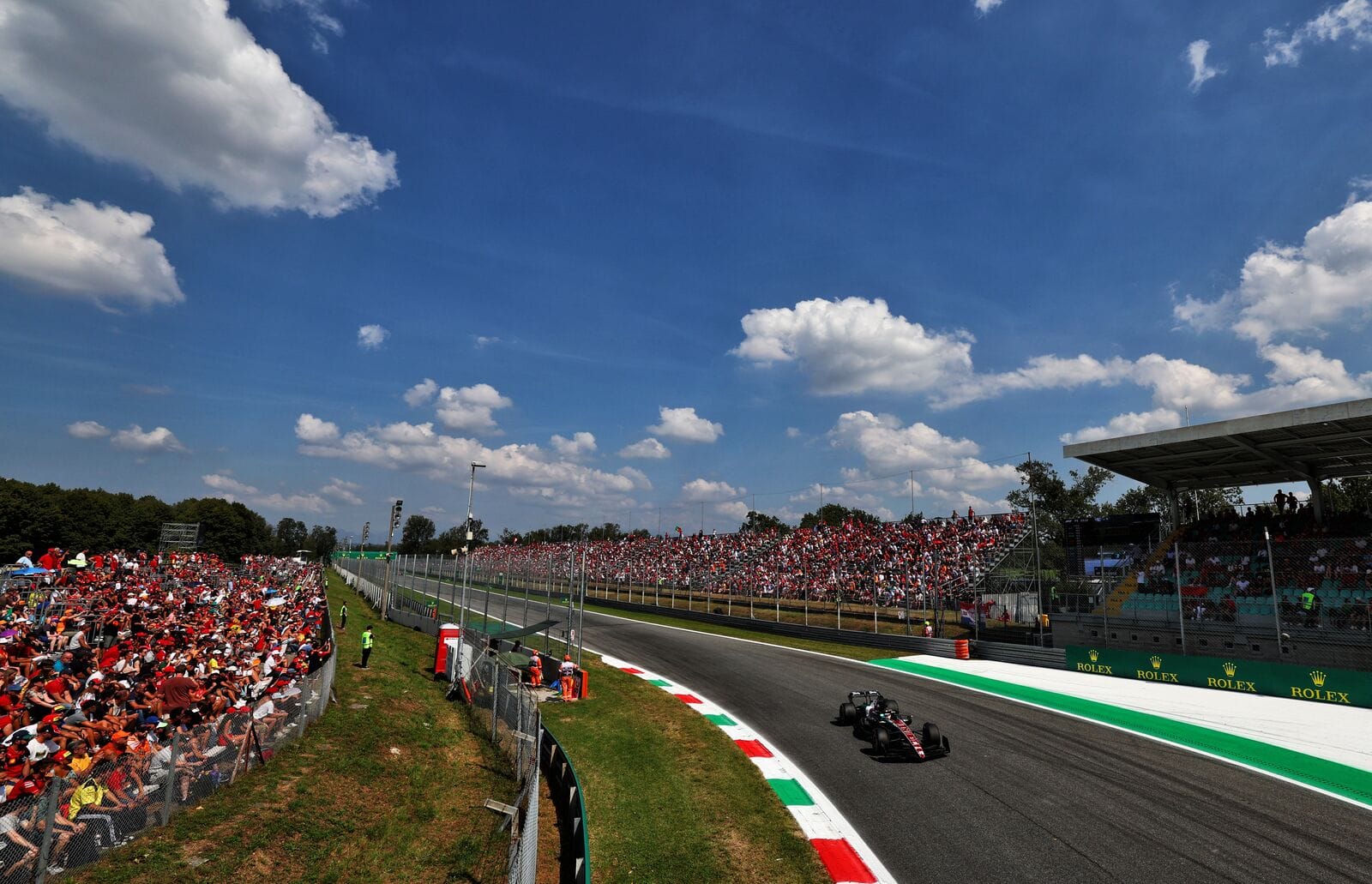
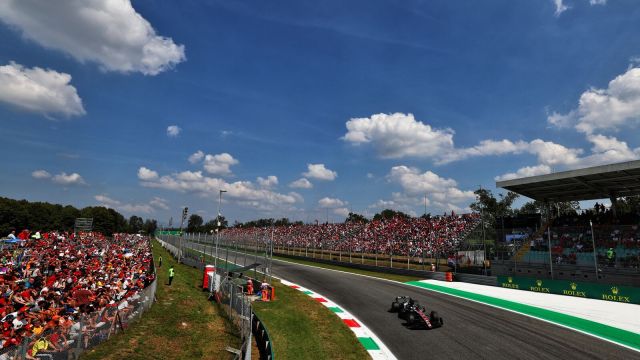
The Monza circuit just north of Milan is the world’s third purpose-built F1 circuit and the oldest on the European mainland. Since 1922, the track has been the scene of countless racing innovations and historic events. It’s long been an important site for F1 championships, but that may well be under threat in the coming months as work at Monza is officially underway to modernise its ageing infrastructure.
History Of Monza Circuit
Monza’s history started just a few years following the end of the First World War as the motor industry made significant innovative strides and the relevant authorities sought to create a circuit to test new cars. Even more than that, it would demonstrate vehicular superiority to a greater audience through sporting events.
Initially, other locations near Milan were suggested, like La Cagnola and Gallarte, but were ultimately rejected in favour of Monza’s royal park. Preparations began not long after, and strikingly only took 110 days to complete the full complex.
Since then, Monza has been home to several historic events. For example, Fiat showed up to the 1922 Italian Grand Prix with four cars and dominated the Voiturette race, proving without a doubt, if nothing else, that the Monza circuit could let drivers go fast.
Thanks to the way this race turned out, Grand Prix racing had begun its slow transformation into what we now call Formula 1. Today, Monza is practically synonymous with the Formula 1 Grand Prix, which has been held at the Italian track every year except for 1980, where Imola hosted instead.
The Need For Renovations At Monza
If Monza is due to host the championship through 2025, why the sudden need for track changes? That comes as a direct result of a warning issued by F1’s CEO Stefano Domenicali, which said that the track needed to adapt to industry standards.
Domenicali conveyed gratitude and respect for the circuit’s long-standing reputation and history, even expressing hope that changes could be made in time for the upcoming contract renewal. But the F1 chief insisted that the ambitious project was a necessary step to re-aligning mutual quality.
As such, Monza has quickly begun its renovations, which involve upgrading the track surface, improving the pit buildings, and bettering the grandstands. This first stage is estimated to cost €21 million and is expected to continue through June 2024, just ahead of the Italian Grand Prix scheduled for 30 August.
However, work will also continue beneath the surfaces; all kerbs along the circuit will be optimised and replaced, whilst more modifications are planned for the escape areas around the first and second chicanes, including making them into gravel traps.
The Monza renovation also plans to use more sustainable materials whilst considering surface acoustics.
How The Renovations May Affect Future Races
Aside from bringing the circuit up to speed for the F1 contract renewal, Monza’s renovations are expected to have an impact on future races:
- Resurfacing – Updating the track surface and that of the pitlane will not only improve the geometry of the circuit, but it removes bumps and other deformations, all of which could lead to faster lap times, leading to potentially more favourable odds on a list of offshore online bookies.
- Kerbs and escape – Replacing and optimising the escape areas and kerbs could alter strategies used by drivers in the future. Current tactics are entirely based on the state of the track before renovations, so much of that could go out the window.
- Noise reduction – The venue may be more appealing to fans and tourists alike if the changes can better dampen the noise. Plus, the use of sustainable building materials shows a commitment to renewability.
- Accessibility – Three underpasses will be demolished and rebuilt for expansion, whilst a brand new main straight will be added by the Parabolica-Alboreto. All of these changes are designed to further separate pedestrians and vehicular traffic.
All in all, each of these changes will make the so-called Temple Of Speed safer, more modern, and better aligned with international racing standards. As for the true impact it will have on future events, that remains to be seen once drivers have had a chance to experience the differences.
Anticipating The 2024 Italian Grand Prix
The new F1 season begins on 2 March with the Bahrain Grand Prix, but avid fans are most eagerly awaiting Italy’s day on the newly updated Monza circuit, scheduled for 30 August to 1 September.
The full on-track schedule won’t be known until about four to eight weeks out of the championship, but it has been confirmed that both Formula 2 and Formula 3 will be racing, the latter of which will have its final race weekend of the season there. Likewise, Porsche Supercup will make an appearance, also to complete its 2024 season.

